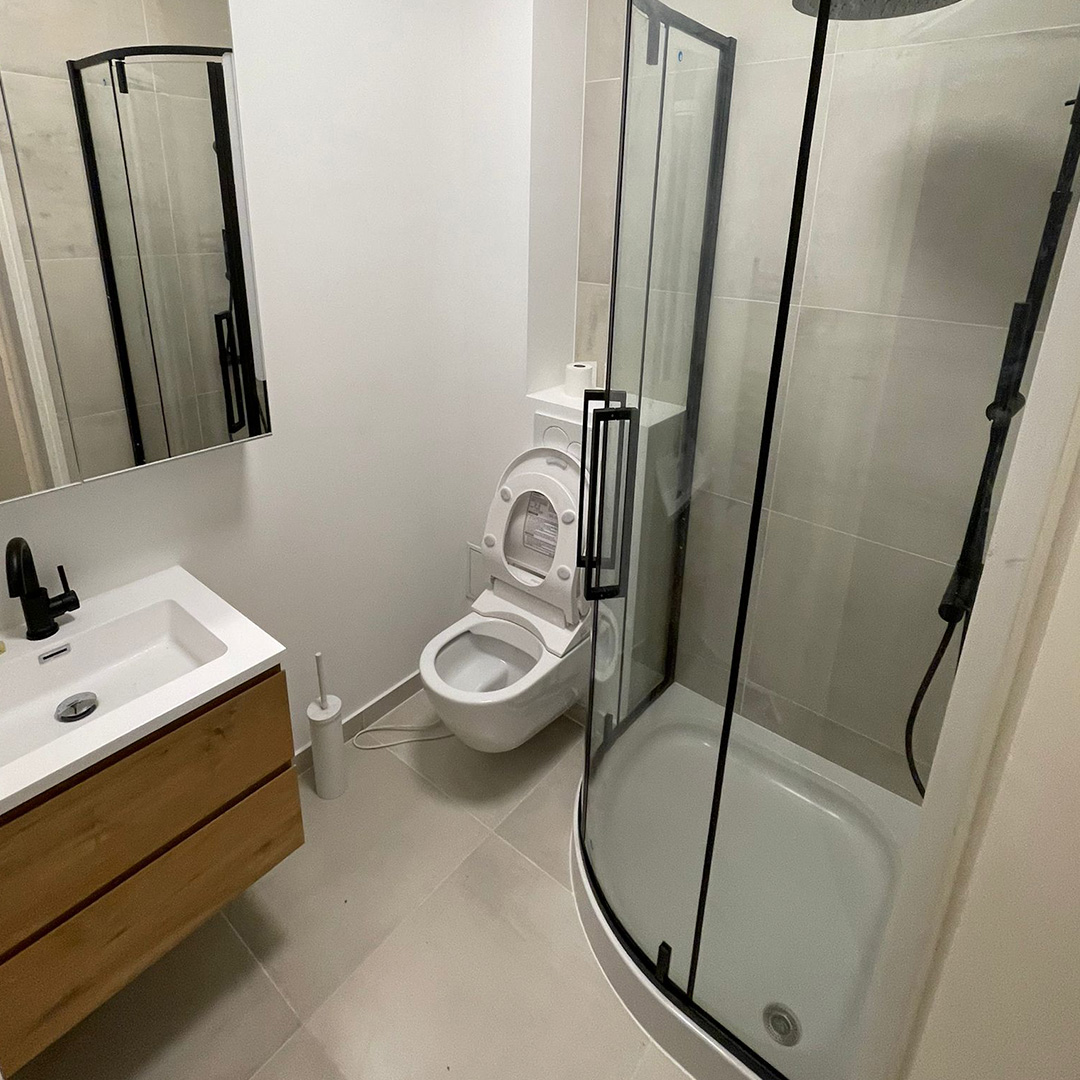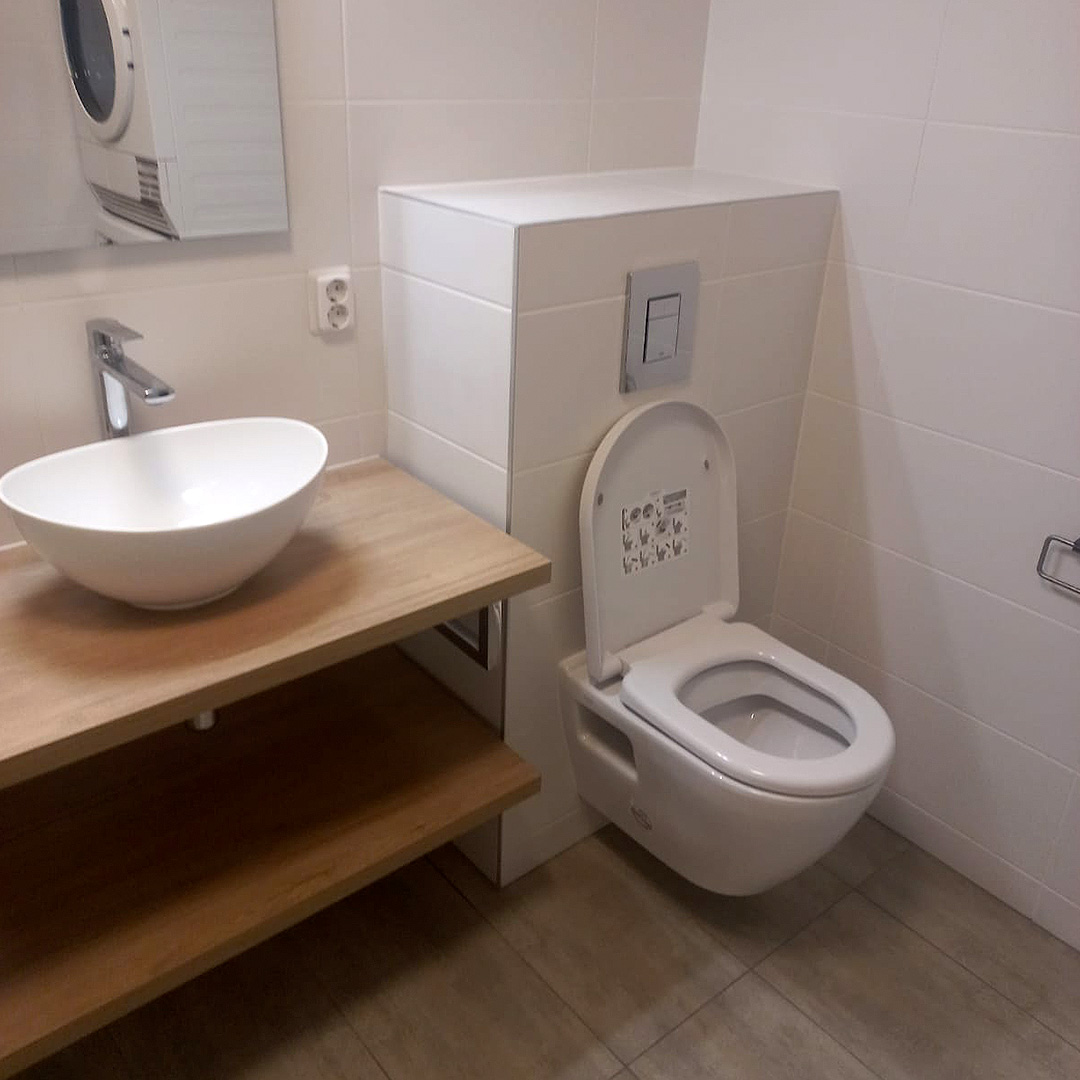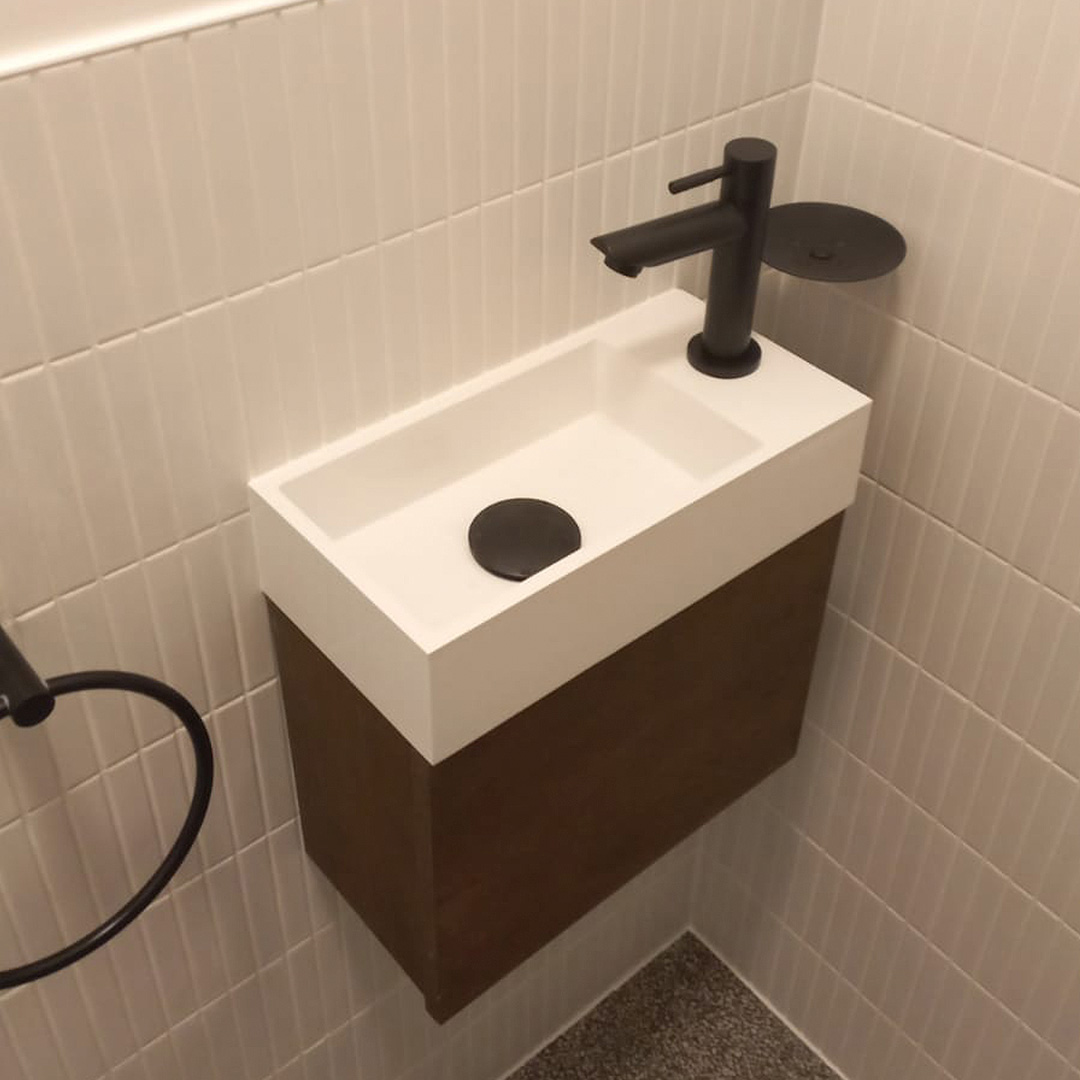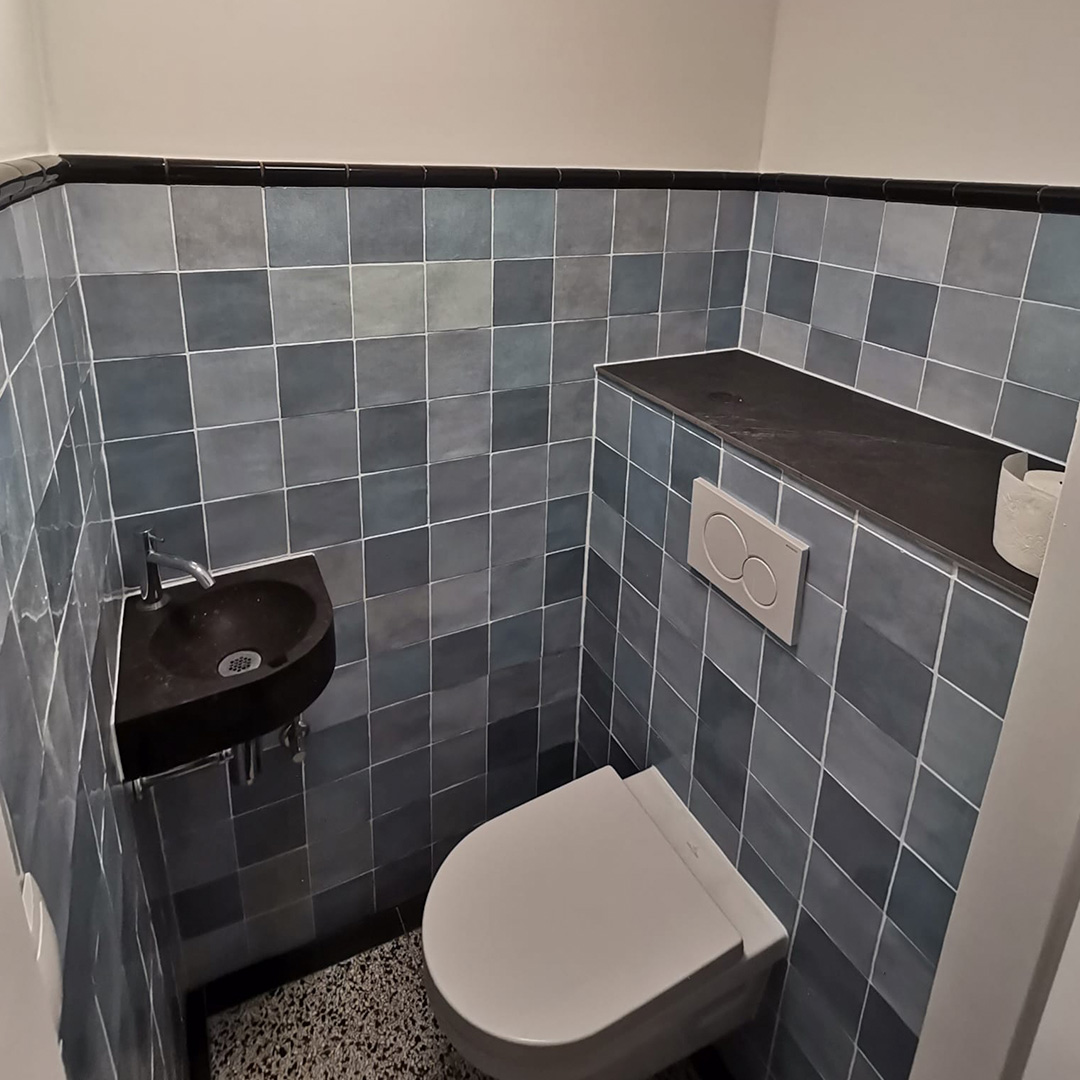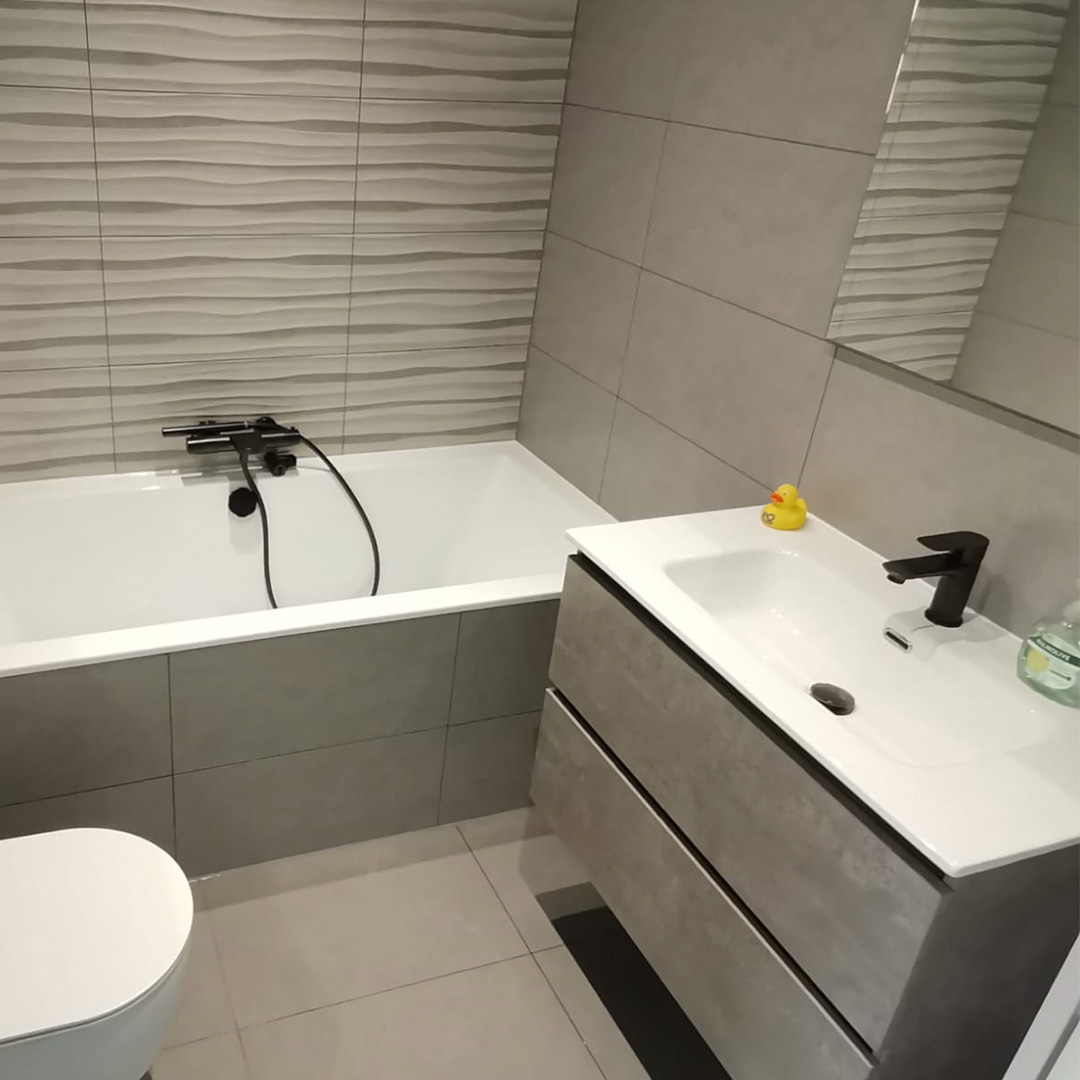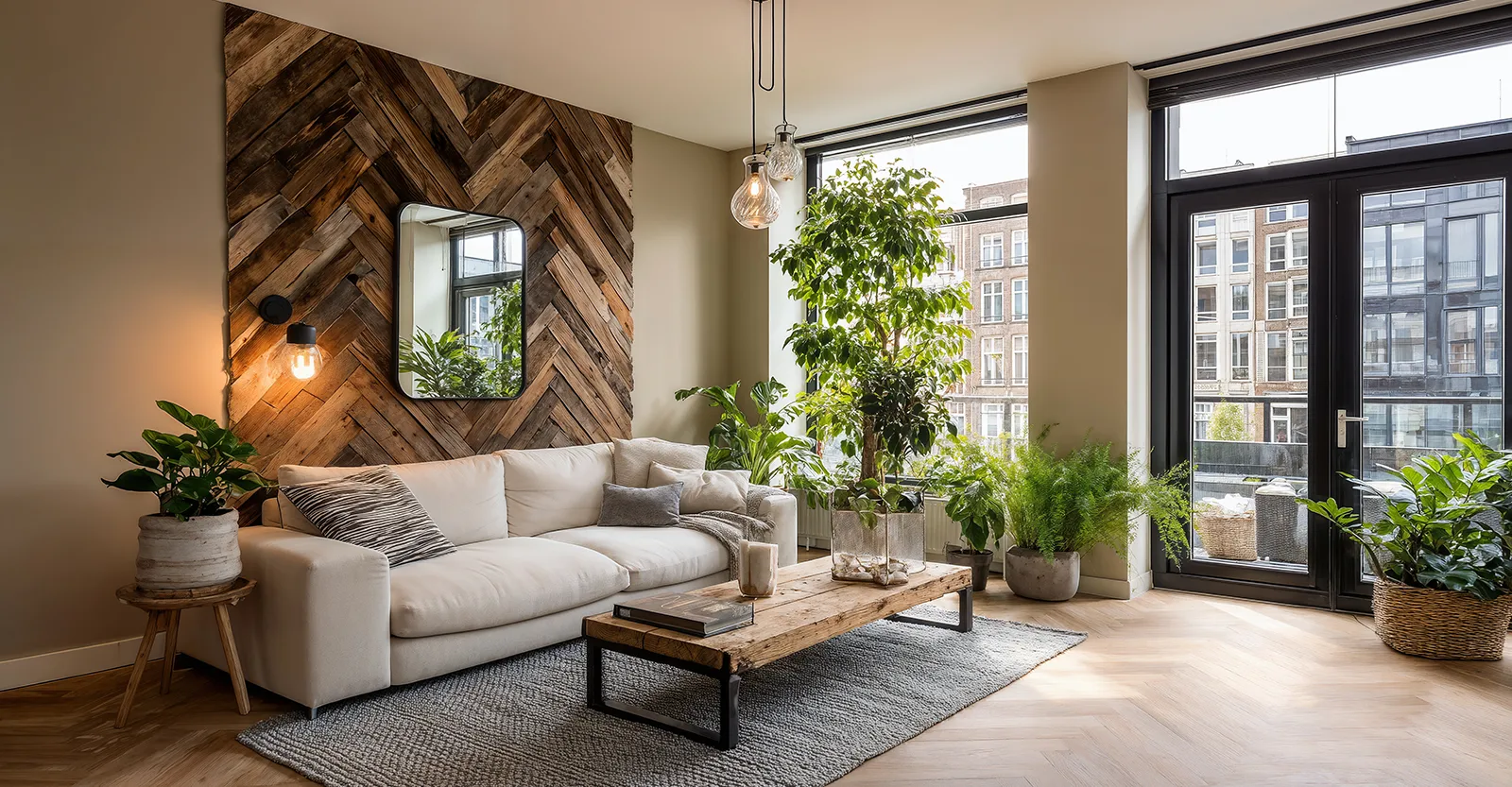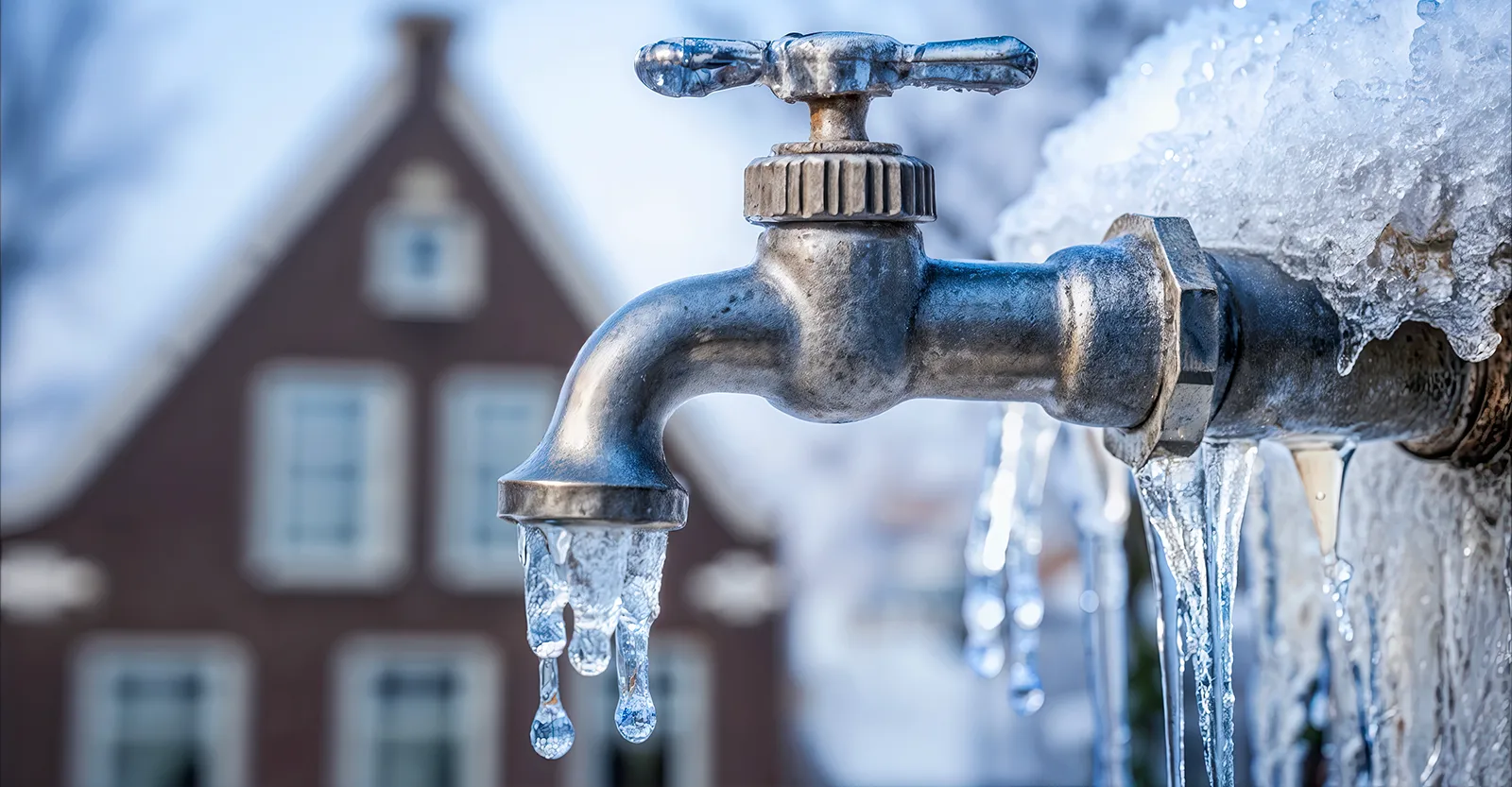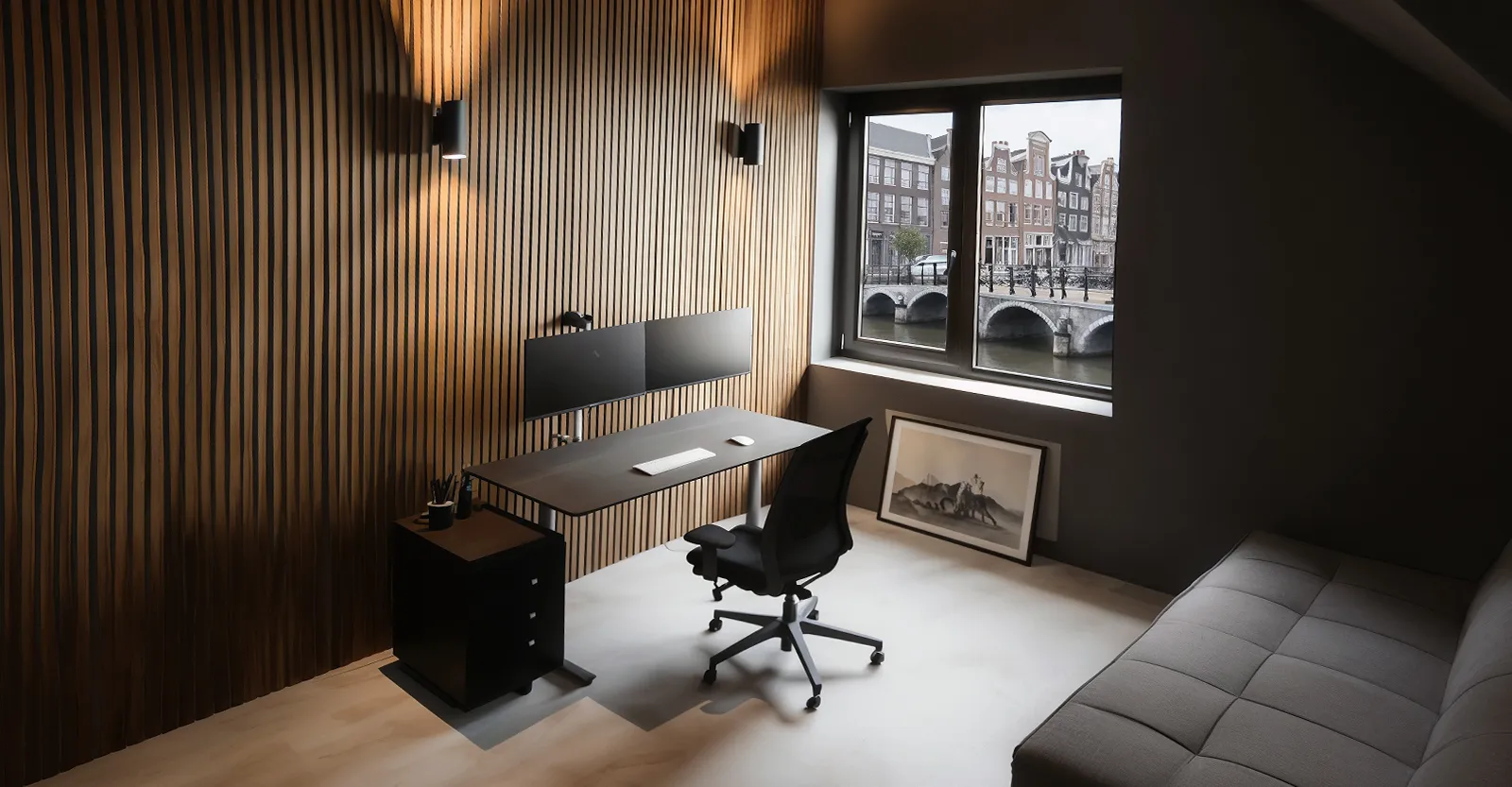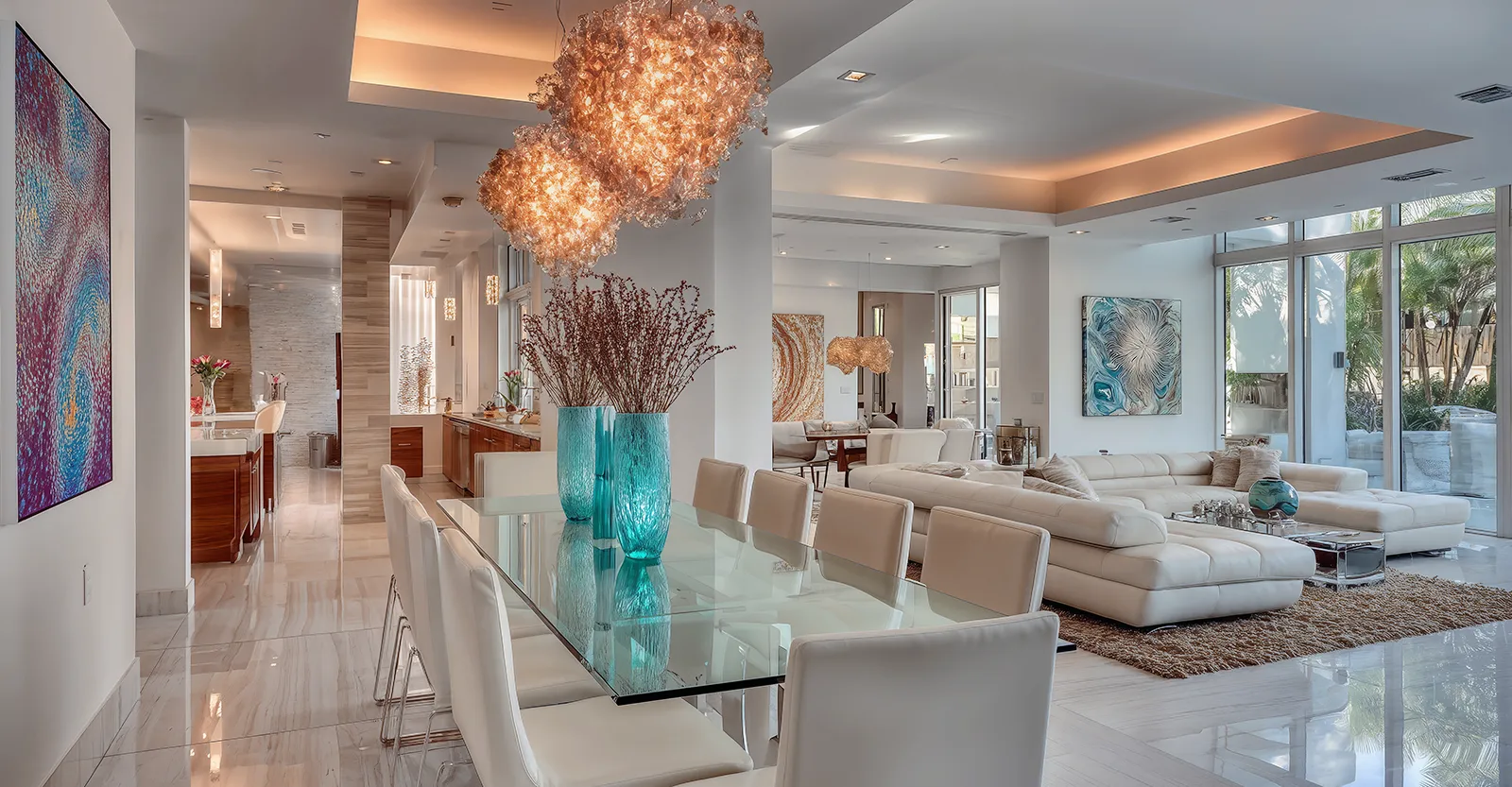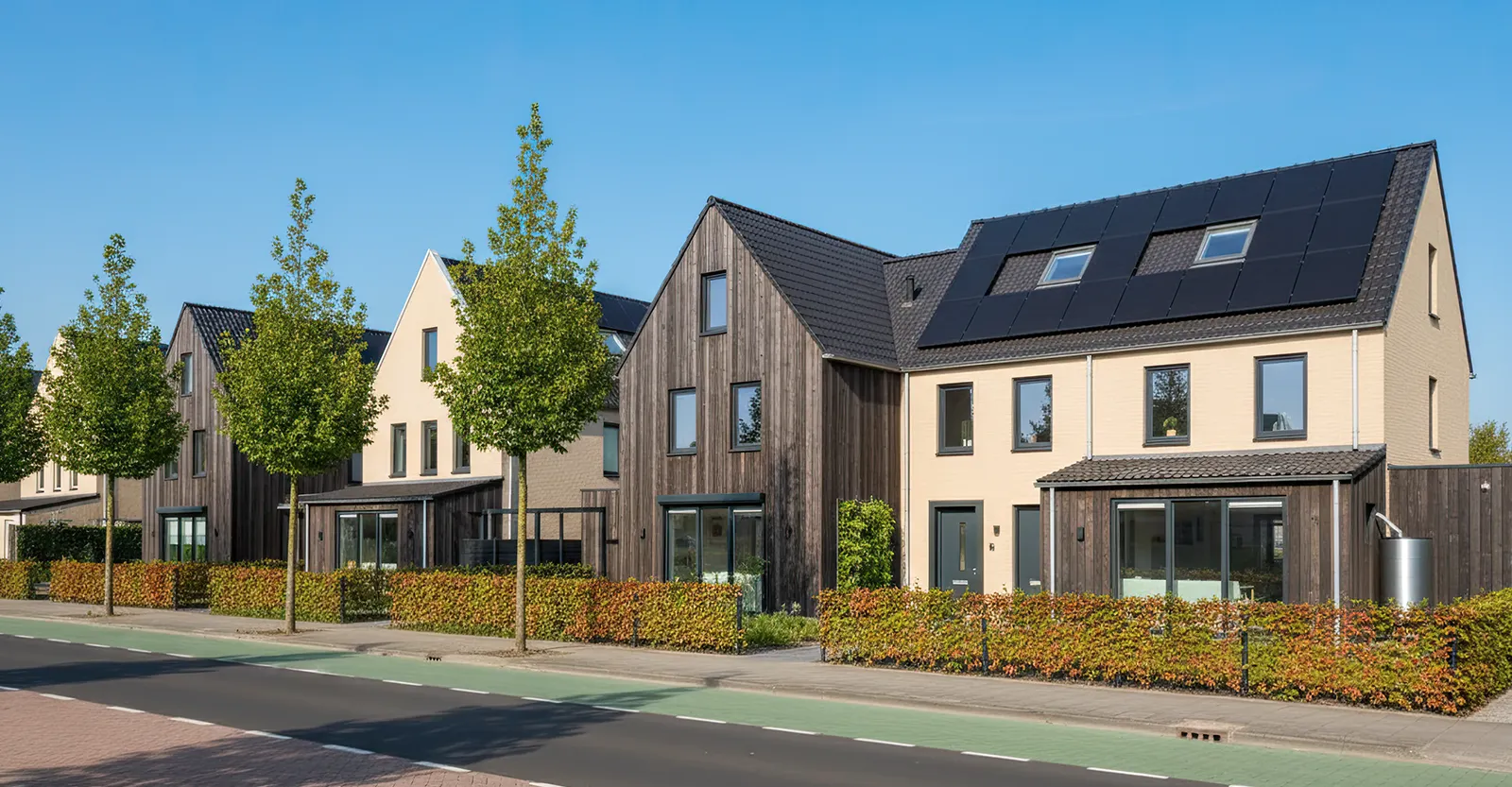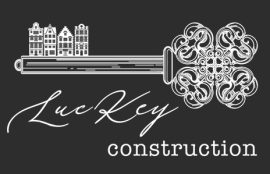The Netherlands has firmly established itself as a leader in sustainable building practices, and now, in 2025, the standards for energy efficiency in home extensions have become more stringent than ever. For homeowners planning to expand their living space, understanding these current requirements isn’t just about compliance – it’s about creating a comfortable, future-proof home while reducing environmental impact and energy costs.
The New Reality of Dutch Building Regulations
The Dutch government’s ambitious goals for sustainable housing have materialized into concrete regulations. Since January 2025, all new building projects, including extensions, must meet strict energy efficiency standards as part of the country’s ongoing commitment to reducing carbon emissions.
For homeowners, this means that planning an extension requires thorough knowledge of current requirements to avoid costly modifications or penalties. The positive outcome is that these regulations create homes that are better for the planet, more comfortable to live in, and significantly less expensive to heat throughout the year.
Insulation: The Foundation of Energy Efficiency
Today’s Standards
In 2025, proper insulation is the cornerstone of energy-efficient extensions in the Netherlands. The current Dutch standards mandate near-zero energy loss through walls, floors, and roofs.
The level of insulation required in modern extensions often surprises homeowners at first. However, once they experience the remarkable comfort of a well-insulated space and see the dramatic reduction in energy bills, the value becomes abundantly clear.
Current Requirements
The 2025 requirements, now in effect, focus on creating a complete thermal envelope around your home. This means:
- Significantly higher R-values for all external walls compared to previous years
- Triple-glazed windows as the standard requirement
- Mandatory elimination of thermal bridges where extensions meet existing structures
- Airtight construction with sophisticated controlled ventilation
Simply meeting minimum insulation requirements is no longer sufficient. The current approach considers how the entire structure works together as a system to retain heat and maintain comfort year-round.
Heating Solutions for Modern Dutch Extensions
Underfloor Heating Dominance
Underfloor heating has become the standard option for energy-efficient extensions in the Netherlands in 2025. It provides even heat distribution, works at lower temperatures than traditional radiators, and frees up wall space for furniture and design elements.
When planning your extension, you’ll encounter two main types:
Water-based systems connect to your home’s central heating and are ideal for larger extensions or whole-house renovations. They work exceptionally well with heat pumps, which have become the standard in Dutch homes this year.
Electric underfloor heating offers easier installation and works well for smaller extensions or individual rooms. The 2025 versions of these systems have significantly improved efficiency when paired with well-insulated spaces and the renewable electricity that now powers much of the Dutch grid.
Managing System Integration
One challenge many Dutch homeowners face in 2025 is connecting new, efficient heating systems with older ones in the existing house. Creative solutions are often necessary.
Many homeowners are now opting for hybrid systems where new extensions use underfloor heating connected to air-source heat pumps, while existing radiators are upgraded to work efficiently at lower temperatures. This approach minimizes disruption while significantly improving overall efficiency.
Sustainable Materials: Making Environmentally Sound Choices
The New Material Landscape
The 2025 standards now place heavy emphasis on the environmental impact of building materials. Dutch regulations actively promote:
- Locally sourced materials to reduce transportation emissions
- Renewable materials like timber from certified sustainable forests
- Recycled and upcycled building components
- Materials with Environmental Product Declarations (EPDs)
Finding the Right Balance
Choosing sustainable materials in 2025 involves weighing various factors. For example, while concrete still has a high carbon footprint during production, newer low-carbon formulations are available, and its thermal mass properties contribute to energy efficiency over a building’s lifetime.
The most eco-friendly choice isn’t always obvious at first glance, which is why many homeowners now work with specialists who understand the full lifecycle implications of different materials.
Smart Integration: Technology in Energy-Efficient Extensions
The Connected Extension
In 2025, Dutch home extensions routinely incorporate smart technologies that optimize energy use. These include:
- Zoned heating controls that adjust based on occupancy patterns
- Smart ventilation systems that maintain air quality while minimizing heat loss
- Energy monitoring systems providing real-time feedback on consumption
- Automated external shading that responds to weather conditions to reduce summer overheating
Planning for Tomorrow
Even with today’s advanced technology, it’s important to consider future upgrades. Simple preparations like installing conduit for future wiring or ensuring your heating system can easily connect to newer renewable energy sources can save considerable expense later as technology continues to evolve beyond 2025.
Natural Light and Passive Design Principles
Adapting to the Dutch Climate
Effective use of natural light remains central to energy efficiency in the Netherlands’ often cloudy climate.
South-facing glass provides valuable solar gain in winter, while proper shading prevents overheating in summer. East and west glazing needs careful management to balance light and heat, while north-facing windows provide consistent, glare-free natural light with minimal heat gain or loss.
Many homeowners are now incorporating a ‘lichtstraat‘ (Roof Light) in their extensions. These roof lights bring abundant daylight deep into the home, reducing the need for artificial lighting and creating a connection with the outdoors even during the Netherlands’ darker months.
Ventilation and Air Quality
Today’s Ventilation Requirements
As Dutch homes have become more airtight to prevent heat loss, controlled ventilation is now mandatory for maintaining healthy indoor air quality. The 2025 standards require mechanical ventilation with heat recovery (MVHR) in all new extensions.
These systems continuously extract humid air from kitchens and bathrooms while supplying fresh air to living spaces and bedrooms. The outgoing warm air preheats the incoming fresh air, maintaining comfort while recovering up to 95% of the heat that would otherwise be lost—an improvement over the 90% recovery rates common just a few years ago.
The Cost Perspective: Investment vs. Returns
The 2025 Economics
Energy-efficient extensions in 2025 typically cost 15-20% more upfront than what would have been standard construction a decade ago. However, this investment delivers substantial returns:
- Energy bills that are 60-70% lower than in comparable older homes
- Protection against energy price volatility, which has been significant in recent years
- Higher property values, with efficient homes commanding premium prices
- Greater comfort throughout the year
- Access to favorable green mortgages and government incentives
Connecting Old and New: Retrofit Considerations
Bridging Efficiency Gaps
One of the biggest challenges in Dutch home extensions remains connecting highly efficient new spaces to older, less efficient structures. Without careful planning, this can create comfort issues and efficiency problems.
Successful projects in 2025 typically include targeted improvements to the existing home, particularly at junction points. This might involve:
- Upgrading insulation in adjacent existing walls
- Extending new heating systems into key areas of the existing home
- Improving airtightness at connection points
- Installing smart transition zones that manage temperature differences between old and new sections
Conclusion: Living the Sustainable Reality
As we move through 2025, Dutch building regulations have transformed how we approach home extensions. Energy efficiency is no longer an optional upgrade but the foundation of all new construction. By incorporating proper insulation, efficient heating, sustainable materials, and smart technologies, you can create an addition that meets current requirements while providing exceptional comfort and efficiency.
The approach to building extensions in the Netherlands has become truly holistic—considering how systems work together rather than treating each element in isolation. This integrated perspective delivers better results in terms of comfort, efficiency, and long-term value.
Are you considering an extension to your Dutch home this year? How do you feel about incorporating these energy-efficient principles into your plans? Whether you’re just starting to explore ideas or ready to break ground, understanding the current standards will help you create a space that’s comfortable, efficient, and aligned with the Netherlands’ sustainable future.

